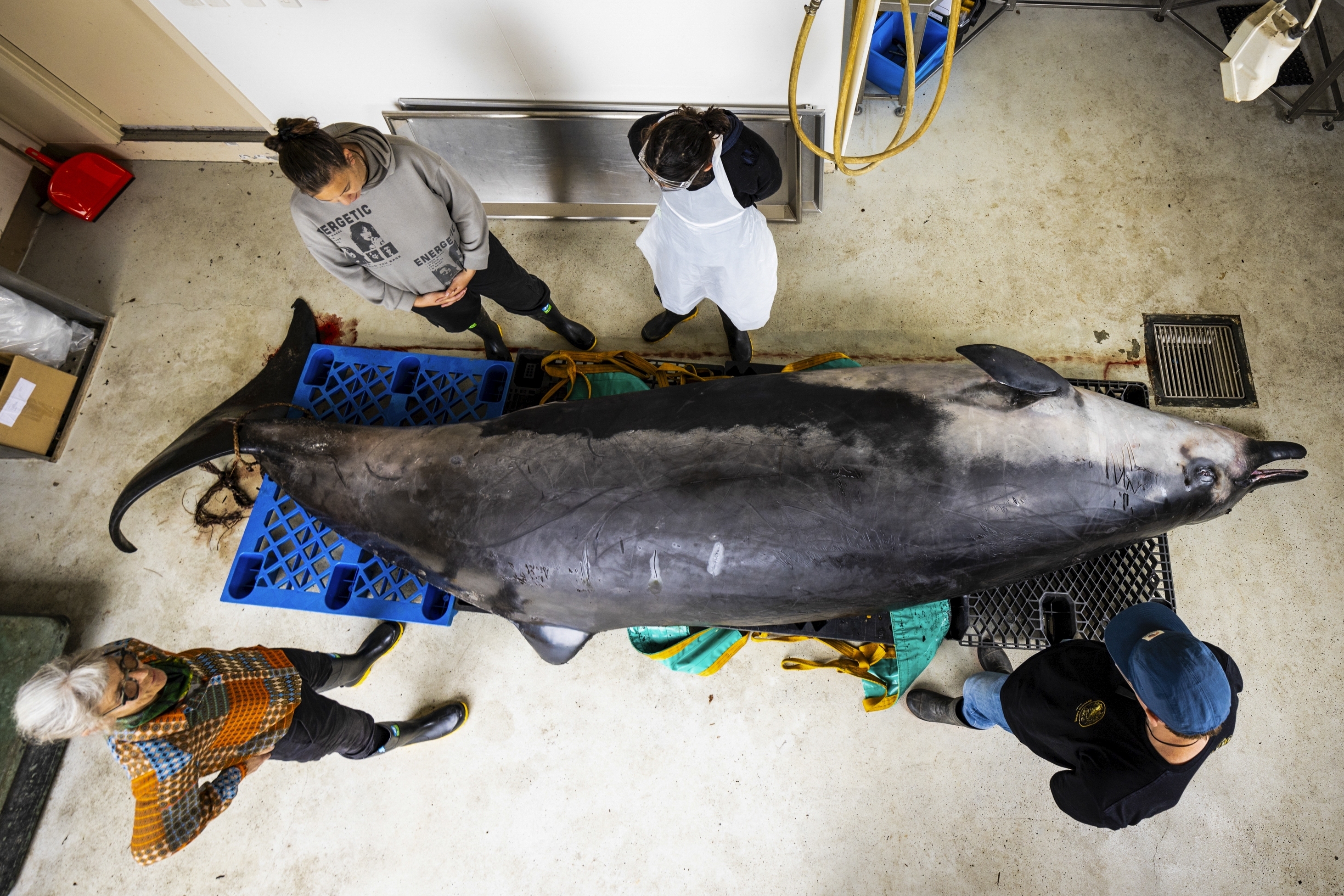A group in Newport Beach was treated to an aquatic festival of lights as they witnessed dolphins swimming through glowing blue waves.
Photographer Mark Girardeau captured the spectacle on the evening of Sept. 10. This light show is put on when phytoplankton called dinoflagellates are populous along the coast and create the natural phenomenon known as bioluminescence.
The plankton make their magic when they receive ample sunlight and are residing in warm waters with high nitrate and phosphate levels, according to Jessica Roame, education and communications manager for Newport Landing and Davey’s Locker Whale Watching. The Deep Ocean Education Project classifies bioluminescence as common in marine ecosystems.
The duration and frequency of bioluminescence is difficult to predict. The blue light is distributed by the movement of the ocean’s waves and its inhabitants.
Get top local stories in San Diego delivered to you every morning. Sign up for NBC San Diego's News Headlines newsletter.
Dinoflagellates use bioluminescence to deter their predators, according to the Scripps Institution of Oceanography. Its other functions include locating prey and communicating with members of the same species.
Girardeau suggests that those wanting to experience bioluminescence themselves head to the beach after dark.
"After 10 or 11 o’clock is typically the best, but I’ve seen it real good right after sunset before," Girardeau said. "But generally, the later into the night, the better."
U.S. & World
Cruise Newport Beach is offering bioluminescence night cruises until the natural phenomenon subsides.



